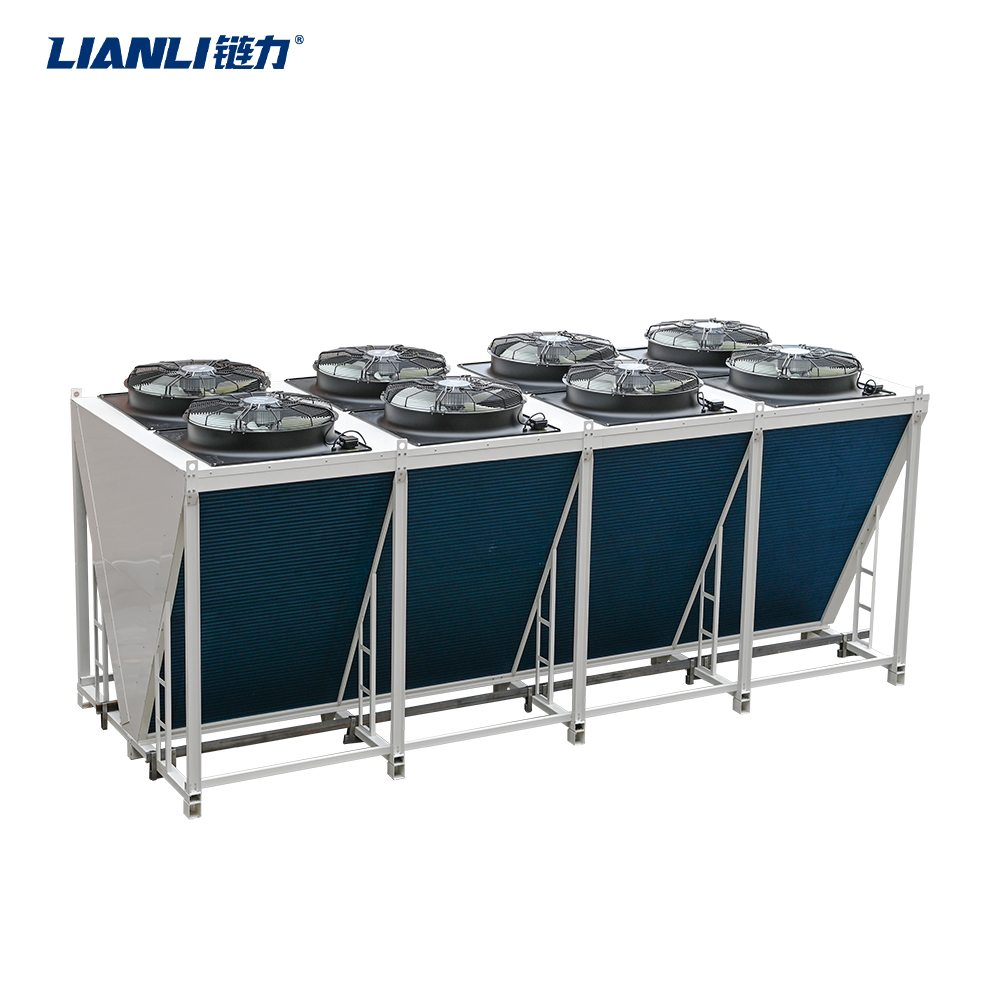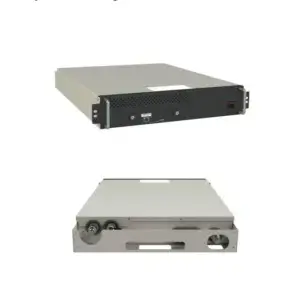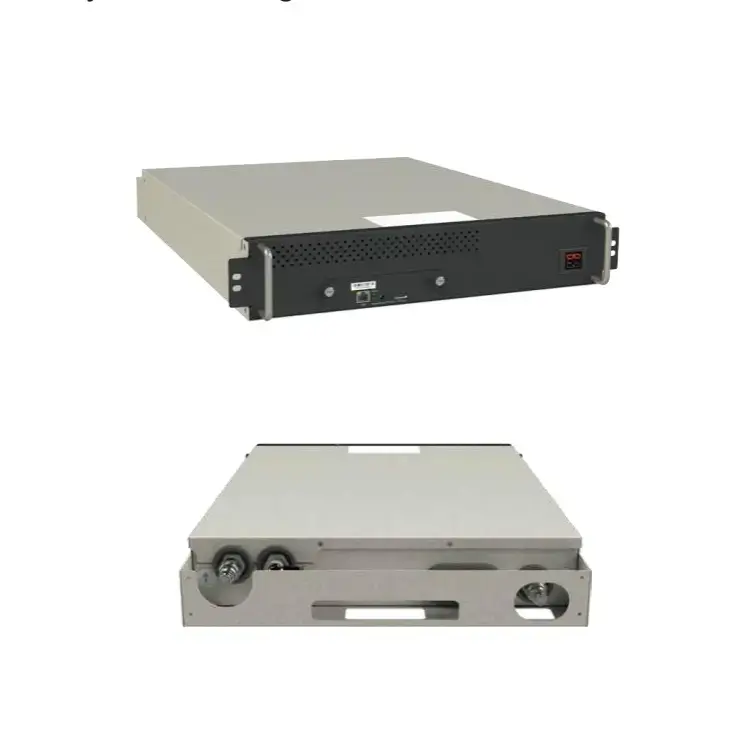Miner S21e Hyd.: How to Monitor Water Cooling .System Performance in Mining Farms
In the world of cryptocurrency mining, maintaining optimal operating temperatures is crucial for ensuring the efficiency and longevity of mining hardware. The
Miner S21e Hyd. (S21e Hydro) is a high-performance mining rig designed with a water cooling system to manage heat more effectively than traditional air-cooled systems.
However, the effectiveness of the water cooling system depends heavily on proper monitoring and maintenance. This article explores the best practices for monitoring the water cooling system performance in mining farms using the
Miner S21e Hyd., ensuring that your mining operation remains efficient and reliable.
1. Understand the Components of the Water Cooling System
Before diving into monitoring, it’s essential to understand the key components of the water cooling system in the
Miner S21e Hyd.:
- Water Block: Directly attached to the ASIC chip, it transfers heat from the chip to the coolant.
- Pump: Circulates the coolant through the system.
- Radiator and Fan: Dissipates heat from the coolant into the ambient air.
- Temperature Sensors: Monitor coolant and component temperatures.
- Coolant Reservoir: Stores the coolant and allows for easy refilling and bleeding of air.
Understanding these components helps in identifying potential issues and interpreting sensor data accurately.
2. Monitor Coolant Temperature in Real-Time
One of the most critical metrics to monitor is the
coolant temperature. The
Miner S21e Hyd. is equipped with built-in temperature sensors that provide real-time data on coolant temperatures at both the inlet and outlet of the water block.
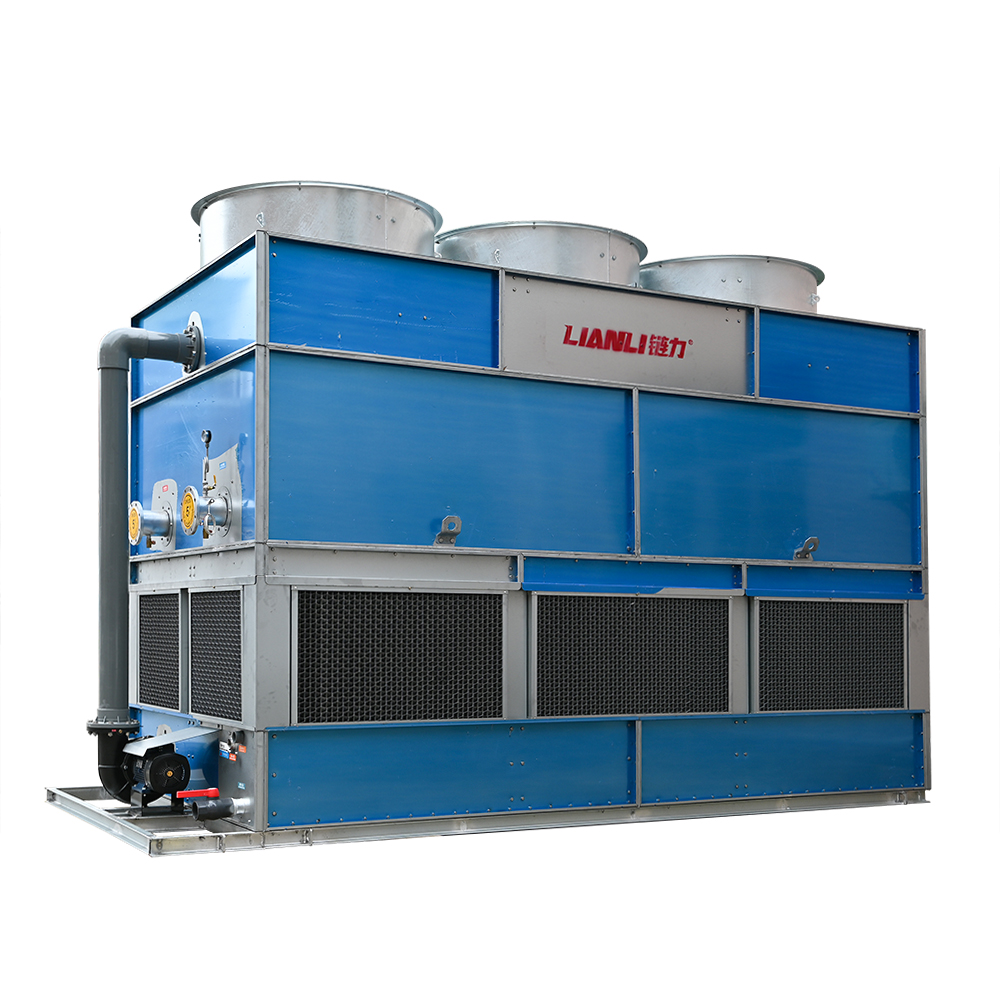

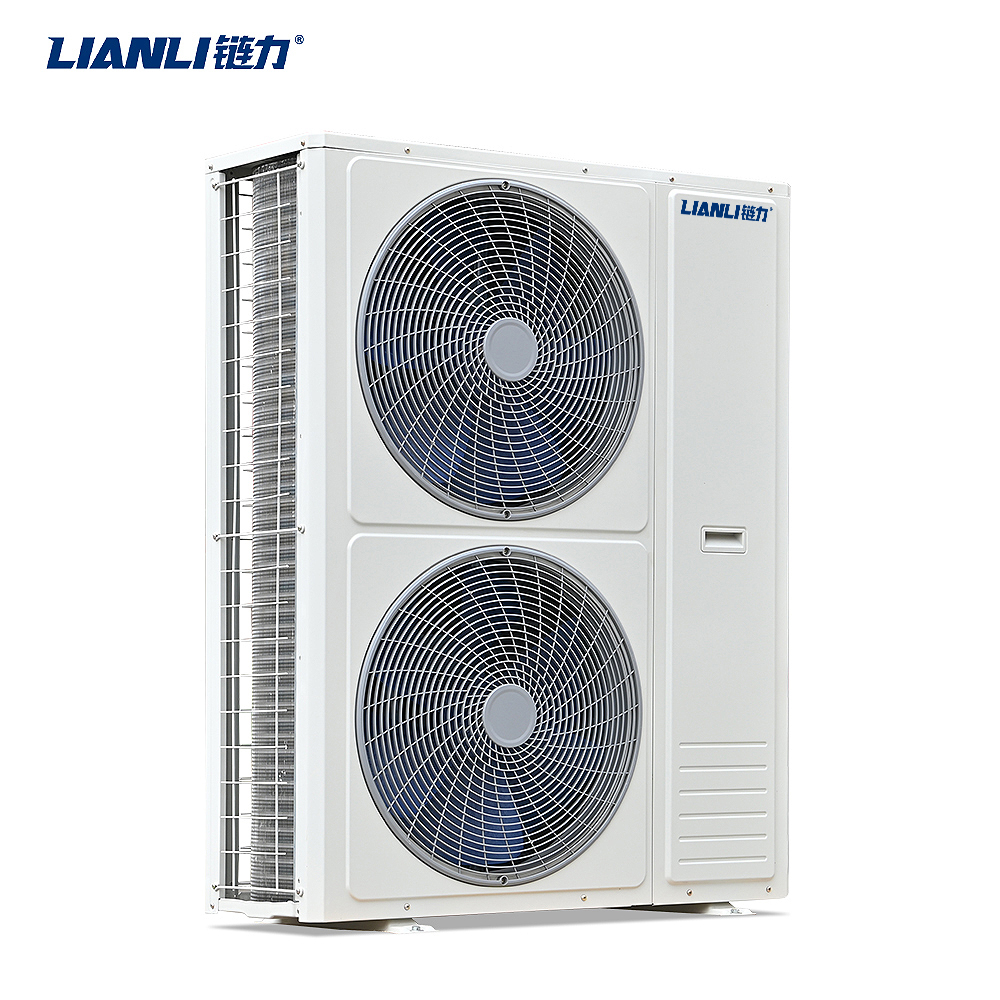
- Ideal Range: Typically between 20°C and 40°C, depending on ambient conditions.
- Monitoring Tools: Use mining management software like CGMiner, Awesome Miner, or proprietary tools provided by the manufacturer to track these temperatures.
- Alerts: Set up temperature thresholds to receive alerts if the coolant temperature exceeds safe limits.
Consistently high coolant temperatures may indicate issues such as a failing pump, low coolant levels, or radiator inefficiencies.
3. Check Pump Performance and Flow Rate
The pump is responsible for circulating coolant through the system. Monitoring its performance is essential to prevent overheating due to inadequate flow.
- Flow Rate Monitoring: Some advanced systems integrated with the Miner S21e Hyd. include flow sensors that measure the rate of coolant movement.
- Pump RPM: Track the revolutions per minute (RPM) of the pump motor. A drop in RPM may indicate wear or power issues.
- Backup Pumps: In large mining farms, consider using redundant pump systems to ensure continuous operation even if one pump fails.
Regularly inspecting and cleaning the pump can also prevent clogging and extend its lifespan.
4. Monitor ASIC Chip Temperatures
While the water cooling system manages overall temperatures, it’s still important to monitor the
ASIC chip temperatures directly.
- Thresholds: Most mining software allows you to set maximum temperature thresholds (e.g., 75°C for the Miner S21e Hyd.).
- Throttling: If temperatures approach unsafe levels, the miner may throttle performance to protect hardware. Monitoring this can help you identify inefficiencies in the cooling system.
- Logs and Analytics: Review historical temperature data to detect trends or anomalies that could indicate developing issues.
5. Inspect for Leaks and Coolant Levels
Water cooling systems are prone to leaks, which can cause severe damage to hardware. Regular inspection is critical.
- Visual Checks: Perform routine visual inspections of tubing, connectors, and the water block for signs of leakage or wear.
- Coolant Level Monitoring: Some systems include sensors that alert you when coolant levels drop below a certain threshold.
- Use Non-Conductive Coolant: Always use a non-conductive coolant to minimize the risk of electrical shorts in case of a leak.
Consider installing water detection sensors near critical components to provide early warnings of leaks.
6. Maintain the Radiator and Fan Efficiency
The radiator and fan work together to dissipate heat from the coolant. Dust accumulation and fan failures can significantly reduce cooling efficiency.
- Fan Speed Monitoring: Ensure that fan speeds adjust appropriately based on coolant temperatures.
- Cleaning Schedule: Regularly clean the radiator fins and fan blades to prevent dust buildup.
- Ambient Temperature Monitoring: Keep track of the mining farm’s ambient temperature, as high room temperatures can reduce radiator efficiency.
7. Use Remote Monitoring and Management Tools
For large-scale mining farms, manual monitoring can be impractical. Remote monitoring tools offer centralized control and real-time alerts.
- Cloud-Based Platforms: Tools like Awesome Miner Cloud, Minerstat, or MiningRigRentals allow you to monitor multiple Miner S21e Hyd. units from a single dashboard.
- API Integration: Integrate with custom monitoring solutions using APIs to pull performance and temperature data.
- Alert Systems: Configure SMS, email, or push notifications for critical events like high temperatures or pump failures.
Remote monitoring ensures that issues are detected and resolved quickly, minimizing downtime.
Conclusion
The
Miner S21e Hyd. offers a powerful solution for managing heat in cryptocurrency mining operations. However, the performance of its water cooling system must be closely monitored to maintain efficiency and prevent hardware damage.
By implementing real-time temperature monitoring, checking pump and fan performance, inspecting for leaks, and utilizing remote management tools, miners can ensure their
Miner S21e Hyd. units operate at peak performance. With proper monitoring and maintenance, water-cooled mining farms can achieve both high efficiency and long-term reliability.



